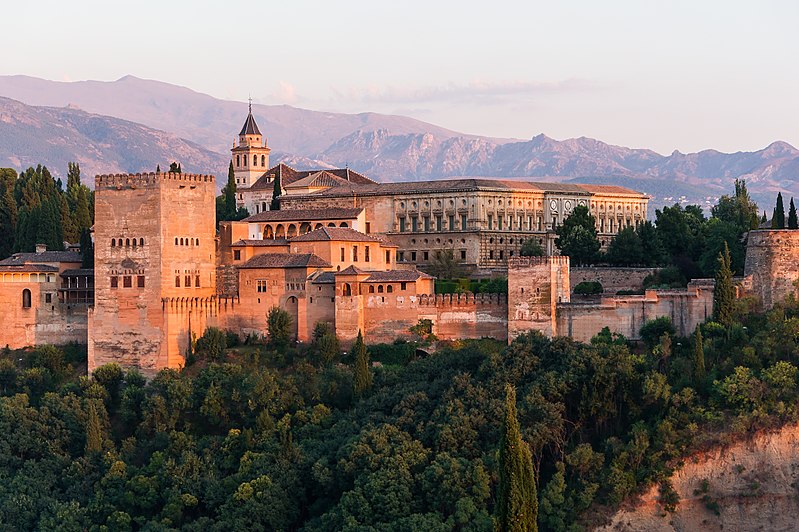Tárrega, Recuerdos de la Alhambra
Francisco Tárrega (1852-1909), considered the “father of the classical guitar,” is best known for his Recuerdos de la Alhambra (Memories of Alhambra) written in 1896. My travels in Spain have not taken me to Alhambra yet, but it appears to be a rather memorable place.

Tárrega has not made it into the Western canon, but music from Spain at many points in its history tends to lie outside the mainstream classical repertoire. Of course, the significant influence of Moorish culture for 700 years put Spain on a different historical trajectory. The rhythms and dance forms of Spain provided composers in the rest of Western Europe with a rich source of exoticism. And so the most famous “Spanish” opera—Carmen—is French.
But Tárrega was thoroughly Spanish. His father, a flamenco guitarist, gave the young Francisco opportunities to receive a musical training. But despite the boy’s fascination with the guitar and the opportunity to study in Barcelona, he ran away at age 10 to play in restaurants. His father managed to bring him back, but at age 13 Francisco ran away again to join a band of gypsies. In 1874, after running away a third time, he entered the Madrid Conservatory. The elder Tárrega deserves some award for patience, or at least perseverance.
Francisco gained fame as both a composer and concert artist. In addition to his own compositions for guitar, he transcribed numerous piano works by other composers for the guitar.
In Classical Guitar Magazine, Rhayn Jooste says, “Recuerdos de la Alhambra is arguably the most iconic composition in the classical guitar’s solo repertoire—it’s a piece nearly every guitarist aspires to play. Alas, it can also be extremely frustrating to instigate, since plenty of practice is required before the aural illusion intrinsic to the music succeeds.” The aural illusion is the “tremolo technique” of repeated notes intended to give the melody the character of a sustained line.



